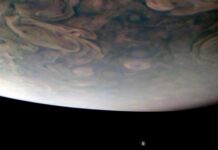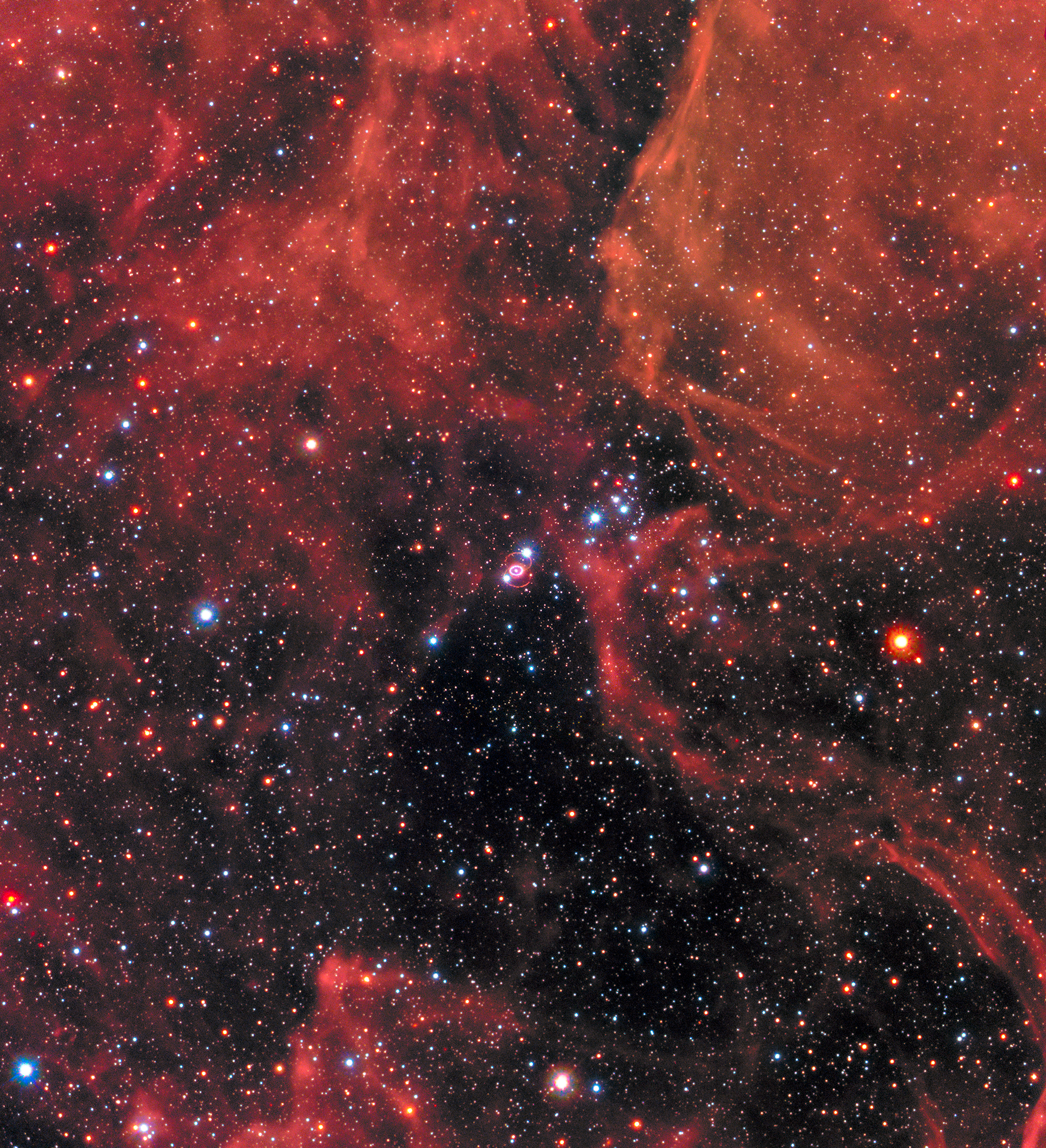A Closer Look at Supernova 1987A: A Stellar Explosion Captured in Time
In the realm of astronomical phenomena, few events capture the imagination and intrigue of scientists and enthusiasts alike as vividly as supernovae do. One such event, the explosion of Supernova 1987A, stands out as a monumental occurrence that has provided astronomers with invaluable insights into the life cycle of stars. First observed on February 23, 1987, this cosmic spectacle was located in the Large Magellanic Cloud, a satellite galaxy of our own Milky Way. To this day, it continues to be a subject of extensive study and fascination.
What is a Supernova?
Before delving into the specifics of Supernova 1987A, it’s helpful to understand what a supernova is. A supernova represents the explosive death of a star. This explosion occurs when a star has exhausted the nuclear fuel in its core, leading to a catastrophic collapse. The result is a brilliant outburst of light and energy that can outshine entire galaxies for a brief period. Supernovae play a crucial role in the universe, contributing to the creation of elements and enriching the interstellar medium with the building blocks for new stars and planets.
The Spectacle of Supernova 1987A
Supernova 1987A was a landmark event for the scientific community because it was the closest supernova observed in over 400 years. Situated in the Large Magellanic Cloud, approximately 168,000 light-years away, it offered astronomers an unprecedented opportunity to study the various stages of a supernova. The explosion shone with the brightness of 100 million Suns, a testament to the immense energy released during such events.
The image released on February 24, 2017, captures the magnificence of SN 1987A, showcasing the supernova at the center, enveloped by striking red clouds of gas and dust. These surrounding clouds are remnants of the star’s outer layers, ejected into space during the explosion. This material interacts with the surrounding environment, creating fascinating structures and emitting light across multiple wavelengths.
Observing the Phases of a Supernova
The proximity of SN 1987A allowed scientists to observe the evolution of a supernova in unparalleled detail. By studying this event, astronomers gained insights into the processes that occur before, during, and after a star’s explosive death. This includes understanding how a star’s core collapses, how the ejected materials interact with the surrounding space, and how these elements contribute to the formation of new celestial bodies.
One of the most intriguing aspects of SN 1987A is the formation of a neutron star or potentially a black hole at its core, a remnant left behind after the explosion. Observations of SN 1987A have also helped astronomers refine models of stellar evolution and supernova mechanics, improving our understanding of how these cosmic explosions unfold.
Technological Advancements and Observations
The study of SN 1987A has benefited significantly from advancements in astronomical technology. Instruments such as the Hubble Space Telescope, the Chandra X-ray Observatory, and other ground-based telescopes have been instrumental in capturing detailed images and data. These observations have enabled scientists to monitor changes in the supernova’s brightness, analyze its spectral lines, and study the interaction of ejected materials with the surrounding medium.
X-ray and radio observations, in particular, have been crucial in revealing the structure and dynamics of SN 1987A’s remnants. These studies help astronomers understand the distribution of elements produced in the explosion and how they disperse into space, contributing to the cycle of matter in the universe.
Broader Implications and Future Research
The insights gained from studying SN 1987A have far-reaching implications for our understanding of the universe. By deciphering the mechanics of supernovae, scientists can better comprehend the processes that lead to the creation of elements such as carbon, oxygen, and iron—constituents essential for life as we know it. Furthermore, supernovae are critical in shaping galaxies, as the shock waves from these explosions can trigger the formation of new stars.
Future research on SN 1987A will continue to shed light on the complexities of stellar death and rebirth. As technology advances, astronomers anticipate even more detailed observations, potentially uncovering new phenomena and deepening our knowledge of the universe’s inner workings.
A Legacy of Discovery
Supernova 1987A remains a beacon of discovery, providing a window into the transformative processes that govern the cosmos. Its study exemplifies the synergy between observational astronomy and theoretical modeling, illustrating how scientific inquiry can unravel the mysteries of the universe.
As we continue to explore the cosmos, events like SN 1987A remind us of the dynamic and ever-changing nature of the universe. They inspire a sense of wonder and curiosity, driving humanity to seek answers to fundamental questions about our origins and the intricate workings of the celestial realm.
In conclusion, the observation and study of Supernova 1987A have not only enriched our understanding of supernovae but have also advanced the field of astrophysics as a whole. Its legacy continues to guide future explorations, ensuring that the mysteries of the universe remain a source of fascination and discovery for generations to come.
For further in-depth information on Supernova 1987A, you can refer to resources provided by scientific organizations such as NASA here.
For more Information, Refer to this article.

































